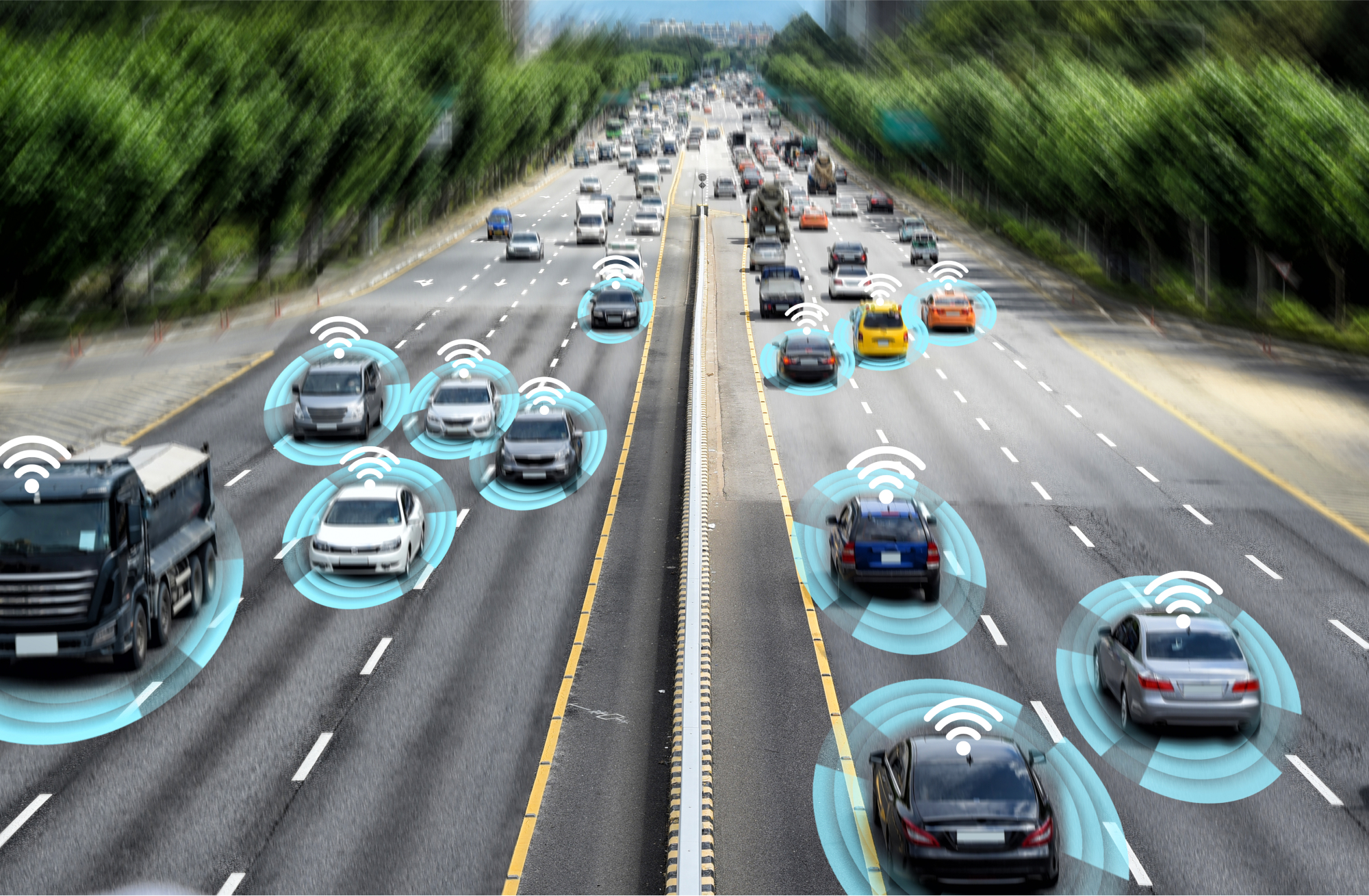
The Report
2. Results
This project’s methodology generated a database of 634 soft law programs coded with up to 107 variables or themes. The insights uncovered through the analysis of this data is divided into seven sections:
- Year of publication: despite finding a 20-year range of programs governing AI through soft law, its usage is a relatively recent phenomenon since over 90% of programs in our sample were published between 2016-2019.
- Geography: higher income countries dominate the generation of soft law, with a large concentration coming from the US and Europe.
- Influence: the vast majority of programs are created to influence the organization that created them and external stakeholders.
- Type of program: about 79% of programs are classified either as principles, recommendations, or strategies
- Stakeholders: by organizing stakeholders into governance triangles we found that government entities led the highest number of programs (~36%).
- Enforcement: only 30% of programs publicly mention an enforcement or implementation mechanisms.
- Themes: we identified 15 themes and 78 sub-themes in the soft law governance of AI. The most prevalent theme was education – displacement of labor (identified in 815 excerpts) and the sub-theme was “general transparency” (present in ~43% of programs).
